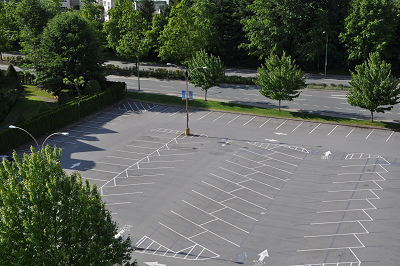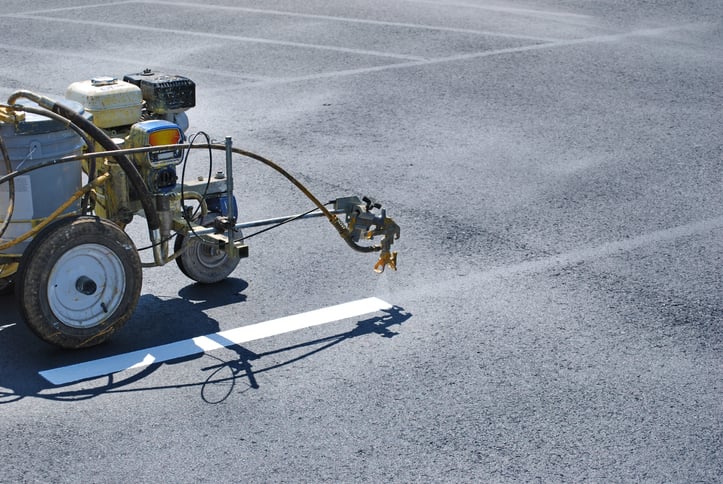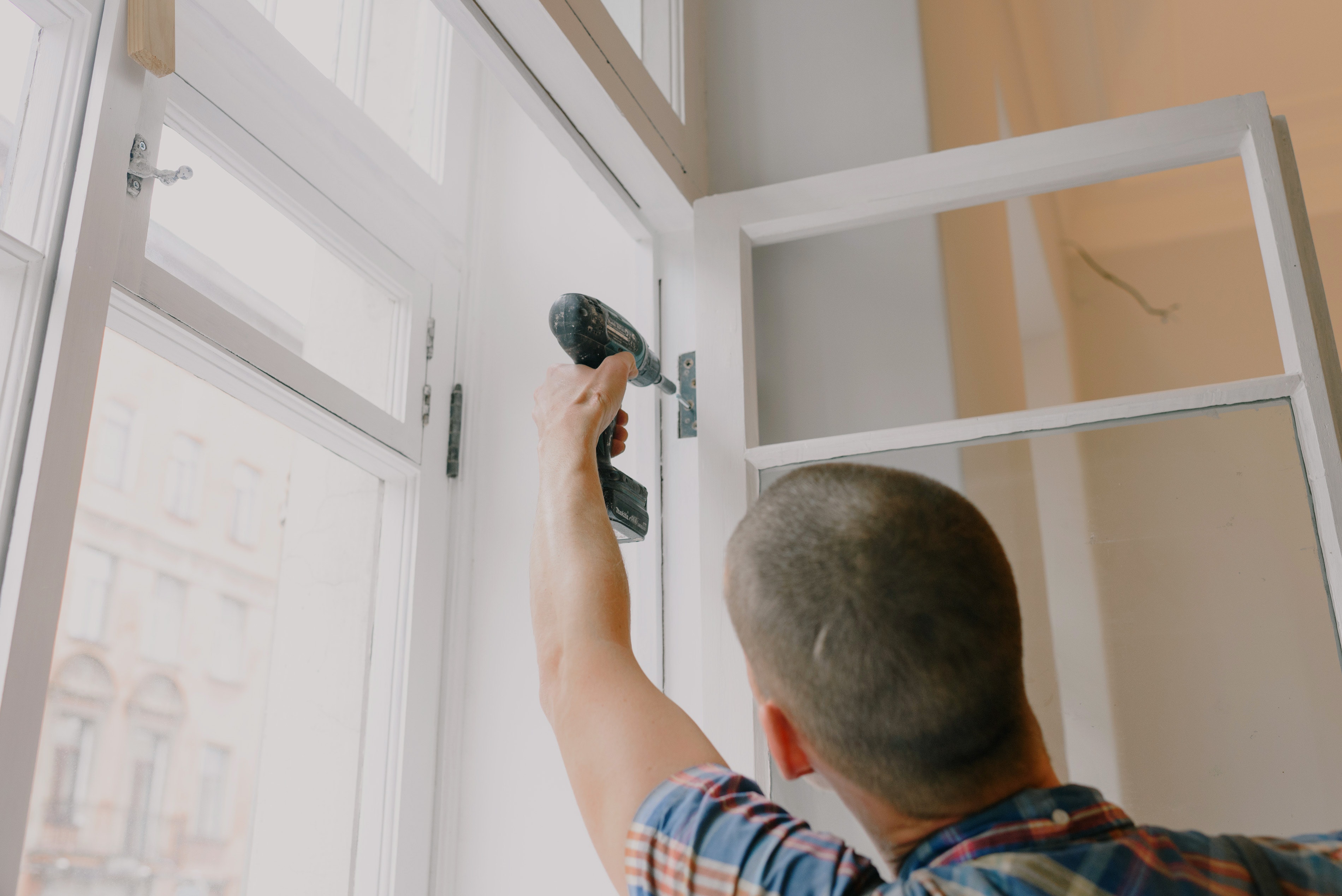5 Ways to Make Your Parking Lot Safe

Your property’s parking lot is quite possibly the most underestimated threat to your commercial facility’s budget and appeal—not to mention safety of your clients, visitors or guests.
Trust Chain Store Maintenance for
Reliable, Immediate Commercial Property Services

There are more than 2,400 fatalities in driveway and parking lot vehicle crashes each year, and tens of thousands more are injured, according to the National Highway Traffic Safety Administration. And that’s not including the additional people who die or are injured in parking lots due to falls, crime and other causes. So, yes, parking lot safety matters.
Why are parking lots so dangerous?
The majority of drivers admit to paying very little attention to the road when driving in parking lots. More than two-thirds of drivers report talking on the phone when driving in parking lots, according to a poll by the National Safety Council. They also program GPS devices (63%), text (56%) and groom themselves (56%) while in your parking lot. And cars aren’t the only threat. Thousands of pedestrians are injured in parking lots each year simply by tripping, slipping or falling.
Take steps to reduce parking lot risk
You can mitigate parking lot risk by focusing on five areas. Add these to your to-do list this month to reduce the chances of someone getting hurt on your property.
1. Update all signage and lighting.
It might seem futile, considering we just learned that drivers aren’t even looking at the roadway, but proper signage is critical when it comes to safety—and liability. Replace all faded and damaged stop signs, speed limit signs as well as no-parking and accessible parking signage.
Lighting is equally important, not only to reduce the risk of injury but also to increase personal safety and comfort. (No one has ever said a parking lot didn’t feel safe because it was too well lit.) So ensure all fixtures are in good working order and install lighting in dark zones, particularly near enclosed garages, dead ends and in high-use areas, such as near main entrances and exits.
2. Get serious about parking lot security.
While crucial, lighting is only one component of a comprehensive security strategy. Deploying a mix of access control (fences and gates), in-person security patrols and video surveillance can go a long way in deterring personal and property crime as well as general mischief. Other measures include trimming or removing shrubbery near cars that criminals could use to hide behind and posting signs reminding drivers not to leave valuables in their vehicles.
3. Invest in preventative maintenance.
Just as with the rest of your property, your parking lot will remain in good condition longer with regular maintenance. That means budgeting to repave as necessary, sealing cracks before they turn into hazards, re-painting, regular sweeping and addressing any low spots or areas of standing water as quickly as possible.
You’ll also want to add regular landscaping maintenance and lighting checks to your monthly to-do list. Keep curbs and speed bumps painted and visible. Trees and bushes near parking areas should be trimmed to maintain visibility for drivers and pedestrians and be devoid of hazards, such as protruding tree roots or low-hanging branches. Don’t wait for guests or tenants to complain or put in a service request.
4. Address parking lot repairs in a timely manner.
When repairs are necessary, don’t delay. Set out traffic cones or cordon off areas with hazard tape that pose an immediate risk, such as potholes, fallen branches and broken wheel stops. Then, get someone qualified out to fix them right away.
5. Tend to water issues and snow removal.
Standing water, especially in cold climates, is the biggest threat to your asphalt’s integrity. Water that fills cracks and freezes leads to larger areas of damage and thus costlier repairs. Be sure to shore up all sewers, drains and runoffs prior to your area’s rainy season.
You’ll also want to be vigilant about ice and snow removal, as they significantly increase fall risk for people of all ages. Aim to clear walkways and parking lots prior to morning rush hour and monitor them throughout the day. Pile snow away from parking lots and transition areas so water doesn’t pool and cause damage or refreeze after melting. Use ice melt or absorbent in problem places and heavily trafficked areas.
Need help managing your parking lot safety to-do list? Contact Tom Snyder at Chain Store Maintenance today to discuss the best solutions and maintenance program for your properties.



